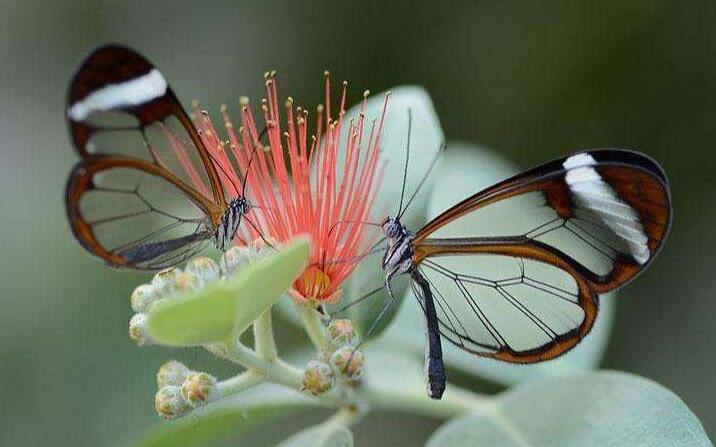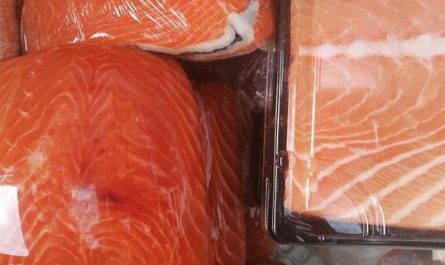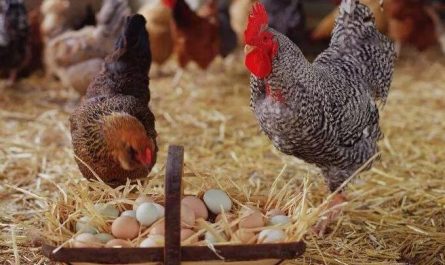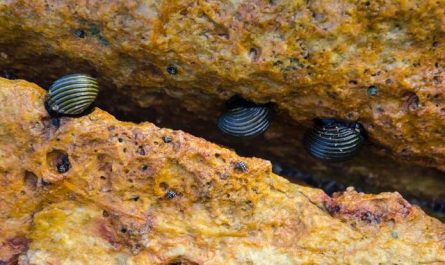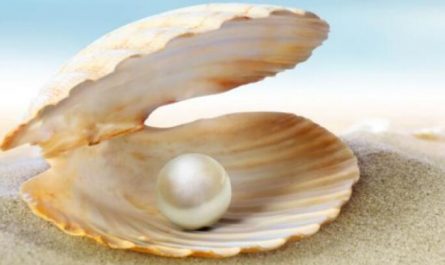The reason why butterfly wings are beautiful and bright
Some people say that the camouflage colors of soldiers’ camouflage uniforms and weapons are inspired by butterfly wings. Indeed, when brightly colored butterflies are flying in the cluster, it really looks like a flower is dancing in the air. Taiwan Province of China is known as the “Butterfly Kingdom”. There are hundreds of butterfly species, like the famous fluorescent-winged Papilio, whose wings can change into a variety of colors under the sun, sometimes golden yellow, sometimes blue-purple , And sometimes emerald green.
It turns out that there is a layer of powdery scales on the wings of a butterfly. These scales are transformed from single cells. The scales have various shapes. On the wing of a butterfly, there will be several different shapes of scales, and it is they that decorate the butterfly wings colorfully.
The scales are observed under an electron microscope. Each scale has dozens to more than 1,000 ridges, which have good refractive properties. There are many parallel thin-meet-yin pieces, like vertical writing, superimposed on the ridge. The more such ridges, the more beautiful it can shine. The color of the butterfly is a mixture of the pigment color and the structural color on the scales.
Pigment color is also called chemical color, and its color is determined by the pigment particles attached to the surface of the scale. When the chemical properties of the pigment particles change, the pigment will become weaker due to chemical effects such as oxidation or reduction, or even disappear completely. Structural color is also called physical color. Physical color is formed by reflection and refraction when light is irradiated on different structures of butterfly body scales.
This physical color will not be affected by chemical factors to change the color, so it is a permanent color. Under different illumination angles or different light sources, the scales will produce different lights and colors. When the pigment color and the structural color are mixed together, the colors and markings on the butterfly wings are more beautiful and dazzling.
Life habits of butterflies
After hatching and going out, some species have a little rest and ate the host plant directly; some species (such as the red-eyed bamboo butterfly) first feed on the egg shell and then on the plant; some species also need to eat each time they molt The old epidermis that has been shed, such as the cabbage butterfly and the spotted bean butterfly.
The feeding objects of butterfly larvae vary from species to species. Most larvae feed on leaves; some species, such as pieris, orange spotted pieris, and other species feed on flower buds; and some species eat tender pods or young fruits, such as The pod lycaenidae eats tender pods, and the gardenia lycaenidae eats young gardenia fruits. In addition, in Lycaenidae, there are a few species of larvae that are carnivorous. For example, the lycaenidae is addicted to coffee scales, and the bamboo aphids and lycaenidae feed exclusively on bamboo aphids. This carnivorous species is not among the butterflies. Common beneficial insects.
Larvae that feed on plant leaves, such as the early stage of the first instar, often gnaw on the mesophyll on the back of the leaf, leaving the upper epidermis, forming a glass window-like transparent spot. Later, the larvae eat the leaf perforation, or nibble inward from the leaf edge; The body of the worm grows up, and the food intake is also increasing. When the insect population on a plant is high, the whole plant is eaten up.
Most butterflies suck nectar. For butterflies that suck nectar, they not only suck nectar, but also like nectar from certain plants. For example, blue swallowtails suck nectar from plants of the lily family; cabbage butterflies suck nectar from cruciferous plants. Plant nectar; leopard nymphs are addicted to the nectar of compositae plants, etc.; some of the butterflies that do not suck nectar include bamboo eyes that suck the juice of figs; the lavender nymphs suck the physalis of diseased oak and poplar; and some Butterflies will suck the meat of grapes, and butterflies are common in grape fields.
Active habitat
The activities and habitat habits of butterfly larvae also vary from species to species. From the perspective of the activity time, the general type is to come out in the morning and evening when the sunlight is oblique. However, some species (such as Pieris rapae) are active during the day, and some species (such as many butterfly larvae) are active at night.
Activity pattern
Judging from the regularity of activities, many early-instar larvae of social species have the same feeding and inhabiting activities (the first and second instars are more obvious), and they gather together to feed or inhabit. The Chinese tiger swallowtail butterfly is an example. . The larvae of some butterflies, such as the nettle butterfly, often spin in groups of dozens of silk between the branches and leaves of the nettle to make a messy web, hiding in it like a spider, in order to defend against foreign enemies, and feed and inhabit at the same time, quite regularly. . The habitat of butterfly larvae is generally hidden, so it is not easy to find individual larvae in the wild.
Habitat characteristics
Some butterfly larvae often have the habit of embellishing leaves as nests and hiding in them. The method of embellishing leaves varies from insect to species. There are one with one leaf and the other with several leaves, each with its own style or technique. The larva of the banana butterfly folds the edges of the banana leaf into a nest and lives in it, while the butterfly butterfly often nests in several leaves. The larvae that have nesting habits or netting and group-dwelling habits feed on the vicinity of the habitat, never go out far, and immediately retreat into the nest to hide when they are alarmed. This is completely different from the inhabiting habits of ordinary butterflies.
Water is an essential ingredient in the metabolism of biological organisms. Therefore, we can often see butterflies stopping on damp ground to absorb water, especially the slightly salty water, which attracts them to drink the most. Whenever the scorching sun approaches the sky at noon in the summer, on the depression mountain road, by the stream, there are all kinds of butterflies gathered there to suck water.
